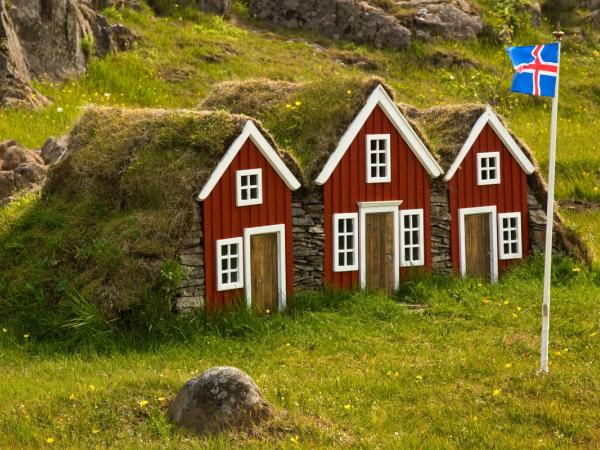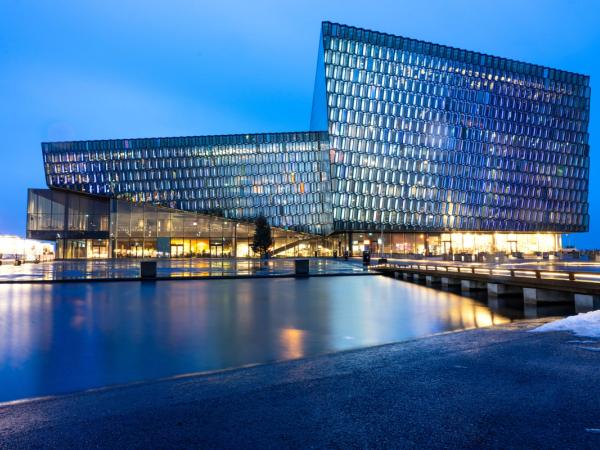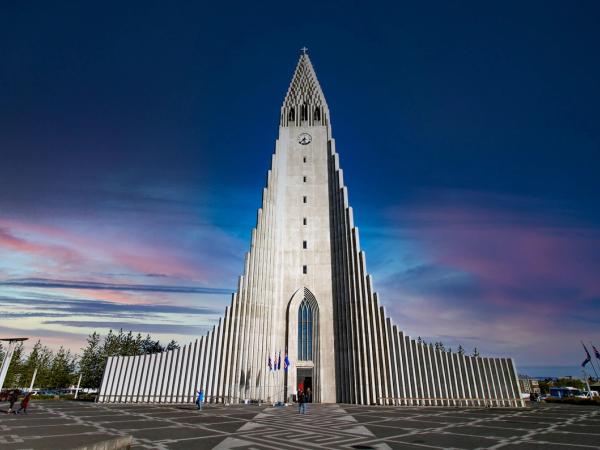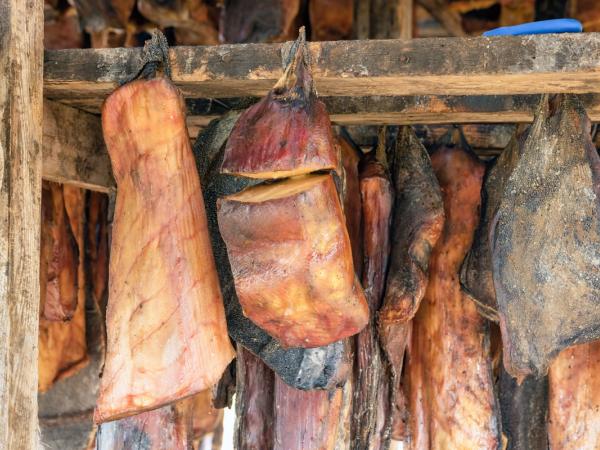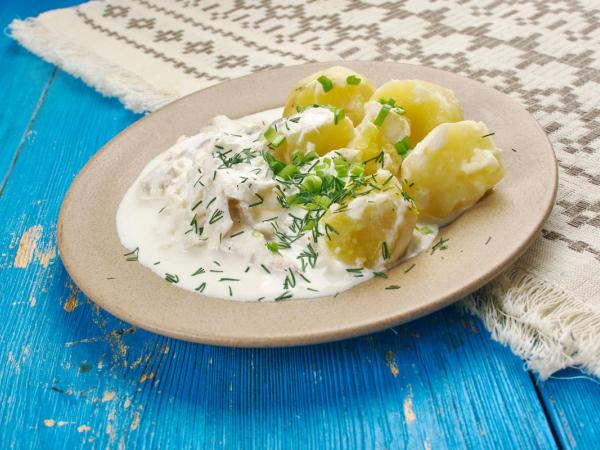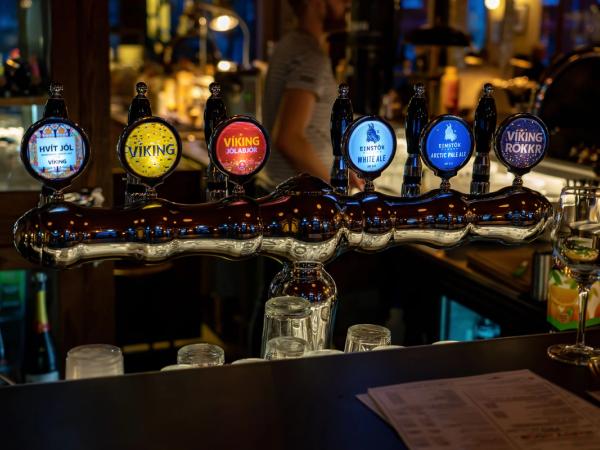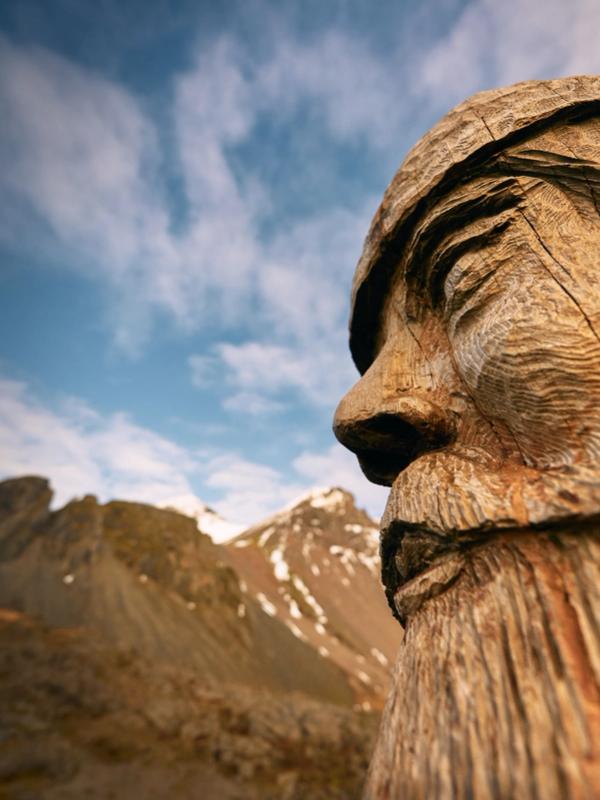
Iceland's Culture: All You Need to Know About It
Iceland has become famous because of its raw beauty. Glaciers, volcanoes, and waterfalls create an extraordinary and varied landscape. But there’s much more to Iceland. Behind all these natural wonders, there’s an equally fascinating culture.
Iceland’s cultural identity is formed by a rich history, steeped in folklore and mythology, and a vibrant artistic scene. Not to mention its food and traditions, which are also integral parts of what makes this country so unique. For such a small nation, Iceland has an incredible variety of traditions, customs, and cultural practices that reflect both its uniqueness and its connection to other parts of the world.
Key Takeaways
- The Icelandic language and the country’s patronymic names play an important role in the country’s culture.
- For a country with a relatively small population, Iceland has produced several artists –musicians, actors, writers– who are well-known all over the world.
- Although Iceland shares mythology with other Nordic countries, it has its own particular variations.
Arts in Iceland
Arts hold a particularly important place in Iceland's culture. The country has produced renowned artists in many disciplines that have reached an important position at the international level. There are many spaces around Iceland dedicated to the conservation and enjoyment of arts.
Literature
Literature has played a crucial role in the development of the culture and history of Iceland. Mainly because the country's most famous works date back to the 13th century. The sagas of the Icelanders, also called family sagas, are stories of the Viking settlers and their descendants, and are among the most important Icelandic contributions to world literature. These works, written in Old Norse, tell stories of exploration, familial struggles, and the harsh realities of life in medieval Iceland. Even today, the sagas remain a cornerstone of Icelandic identity.
In the modern era, several Iceland authors have contributed to literature. The most prominent figure is, without a doubt, Halldór Laxness, who won the Nobel Prize in Literature in 1955. Today, some contemporary Icelandic writers have reached fame writing Nordic crime novels. The best-known of them all is probably Arnaldur Indriðason. Iceland has one of the highest rates of published books per capita in the world.

Music
Icelanders have always had a rich tradition of music, which began with the chanting of rímur, Iceland’s version of epic poetry, and continued through the centuries with folk songs that were often a cappella, using voices rather than instruments. Icelandic folk music is still relevant today, although the country has evolved into more contemporary genres as well.
In fact, Iceland has produced several musical artists that are well-known worldwide. The most famous of them all is probably Björk. This singer, songwriter, producer, actress, and multifaceted artist has sold millions of records worldwide. Coming in second place is Sigur Rós, a rock band that has achieved remarkably international recognition despite not singing in English.
In the most recent years, newer artists like Of Monsters and Men have gained worldwide attention, blending Icelandic folk traditions with indie rock.
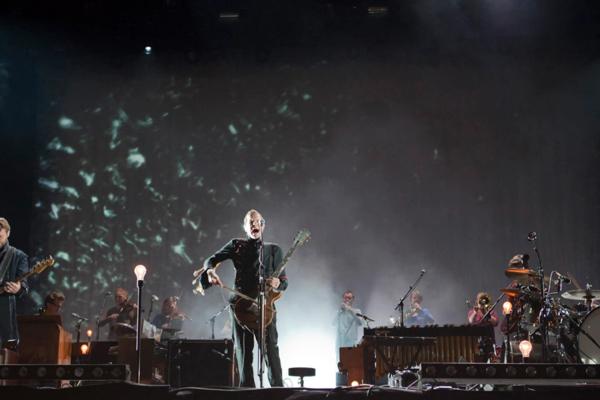
Architecture
Apart from the natural monuments, one of the most recognizable visual aspects of Iceland is its architecture. In the past, Icelandic houses were primarily covered in turf. This provided natural insulation against the cold winters. These turf houses, with their blanket of grass covering their roofs, are nowadays symbols of Iceland’s rural past. There are not many remaining, but you can still visit historical reconstructions in museums across the country.
With the passing of the centuries, the country’s architecture evolved accordingly. Contemporary Icelandic architecture has embraced minimalist and eco-friendly designs, often using natural materials like wood and stone to reflect the environment. Harpa Concert Hall, one of Reykjavík's most recognizable modern structures, is a perfect example of the mix between functionality with the natural beauty of the country.
Perhaps the most iconic building in Reykjavik and all of Iceland is the church Hallgrímskirkja. It’s the largest church and one of the tallest structures in the country. Built in the mid-20th century, its design was inspired by Svartifoss, one of the main waterfalls in Iceland, once again highlighting the deep connection between Icelandic people and their natural environment.
Cinema
The amazing landscapes that compose Iceland have attracted filmmakers from many parts of the world. Movies like The Secret Life of Walter Mitty, Batman Begins, and Interstellar have used Iceland as an outdoor studio, especially when looking for places that seem from another world.
Iceland’s film industry, although small, has also made an impact on world cinema. The most prominent figure is perhaps Baltasar Kormákur, with works like Everest and Contraband earning him international recognition.
Icelandic cinema often explores themes of isolation, survival, and the relationship between humans and nature.
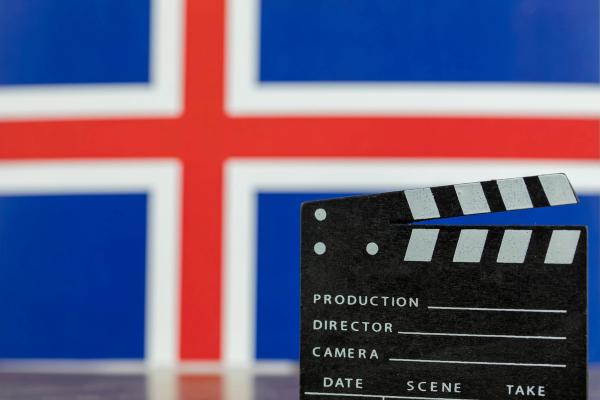
Icelandic Traditions
Traditions in Iceland are often tied to the country’s Viking heritage and its strong sense of community. One of the most interesting aspects of Icelandic culture is its emphasis on doing things together and sharing experiences, which is particularly evident during national celebrations and holidays.
Þorrablót
One of the most uniquely Icelandic traditions is Þorrablót, a mid-winter festival that dates back to the Viking era. This feast is held in late January or early February and celebrates traditional Icelandic foods. Participants gather for an evening dinner, after which many give speeches and recite poems.
People then eat various foods, many of which might seem strange to visitors. The menu typically includes hákarl (fermented shark), svið (boiled sheep’s head), and hrútspungar (pickled ram’s testicles).
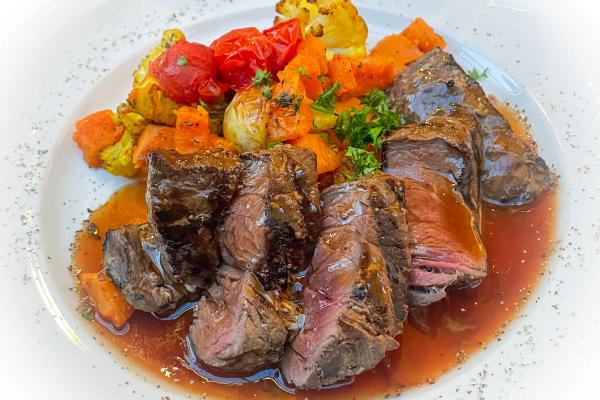
Jólabókaflóð and Christmas Traditions
Reading is a popular activity in Iceland, and this is especially evident during Christmas time. The Jólabókaflóð (Christmas Book Flood) is an annual tradition in which books are exchanged as gifts on Christmas Eve, and people spend the night reading. This tradition reflects Iceland’s strong literary culture and its emphasis on the importance of storytelling.
In Christmas, Iceland has its own special characters: The 13 mischievous Yule Lads, who come down from the mountains one by one in the days leading up to Christmas. Each Yule Lad has a distinct personality, and they leave small gifts in children’s shoes—if the children have been good, obviously. This custom is a fun twist on the more common Santa Claus tradition.
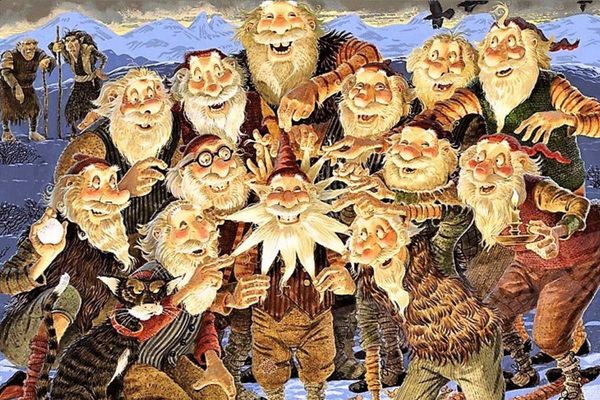
Icelandic Language
Perhaps one of the most distinctive aspects of Iceland is its language, which often seems very difficult for foreigners. Icelandic is one of the purest descendants of Old Norse, the language spoken by the Vikings who settled the island in the 9th century.
Over time, Icelandic has evolved very little. In fact, modern Icelanders can still read the medieval sagas in their original form without difficulty. The language has played an important role in the history and culture of the country.
Icelandic may seem almost impossible to learn, with its complex grammar and unfamiliar sounds, but the locals are very welcoming and appreciative of any attempts to speak the language, even if it’s just basic phrases. English is widely spoken, especially in tourist areas, so don’t worry; you can communicate even if you don’t speak Icelandic.

Icelandic Names
Another peculiar aspect of Icelandic culture is the name of the people. The country is one of the few in the world that follows a patronymic and matronymic system. This means that a person’s last name is derived from the first name of one’s father (or occasionally mother), followed by either -son (son) or -dóttir (daughter).
For example, if a man named Ólafur has a son named Einar, the son’s last name would be Einars Ólafsson (Einar, son of Ólafur). Likewise, if Ólafur has a daughter named Sigríður, her last name would be Sigríður Ólafsdóttir.
This system means that family surnames are not passed down from generation to generation as they are in most other cultures. Normally, Icelanders are addressed by their first name, even in formal contexts.
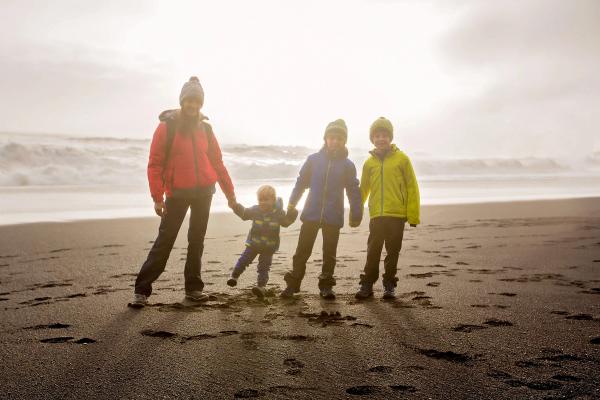
Food and Drinks
Icelandic cuisine is shaped by its geography and history. For centuries, Icelanders relied on what the land and sea provided, resulting in a diet rich in fish, lamb, and dairy products. The climate has made it difficult to harvest fresh vegetables or rely on farmlands in all seasons, so preservation methods, such as smoking, pickling, and fermenting, were essential for survival.
Traditional Icelandic Dishes
One of the most iconic Icelandic dishes is hákarl, which is basically a fermented shark. It has a strong and distinctive smell. To prepare hákarl, Greenland shark is buried in gravel and left to ferment for several weeks before being hung to dry.
Other traditional foods include svið (boiled sheep’s head), and slátur, which consists of blood pudding and liver sausage. Additionally, Icelandic lamb is very tender and flavorful, thanks to the sheep’s diet in the wild Icelandic landscapes.
But Icelandic cuisine isn’t all about preserved foods. Iceland’s clean waters make its seafood some of the best in the world. Plokkfiskur, a traditional fish stew made with mashed potatoes and onions, is a very comforting dish for the colder months.
Modern Icelandic Cuisine
In recent years, Iceland has seen a culinary revolution, with chefs embracing fresh, local ingredients to create contemporary dishes, trying to bring together tradition and innovation.
Reykjavík has a fantastic food scene, with restaurants offering everything from modern takes on traditional Icelandic dishes to global fusion cuisine. Using sustainable, local ingredients is one of the strong points, with many restaurants highlighting Icelandic seafood, lamb, and wild herbs in their menus.
In terms of drinks, Brennivín is considered to be the national alcoholic drink. It has been used to accompany traditional foods of feasts like Þorrablót, but it’s also enjoyed in shots, with a beer, or as the base for a cocktail. The name can be translated as “burning wine.”
In recent years, craft beer has increased in popularity, with many local breweries developing great beers.
Folklore and Mythology
Iceland’s rich folklore is an essential part of its cultural identity, with stories of Huldufólk (hidden people), elves, and trolls playing a significant role in the Icelandic imagination. There are many stories tied to particular places, where these beings are said to live.
According to folklore, the Huldufólk live in rocks and hills, invisible to humans unless they choose to reveal themselves. They are considered similar to humans but live in a parallel world, and disturbing their homes is said to bring bad luck.
Icelandic mythology is also rooted in the country’s Viking heritage, with tales of the Norse gods, giants, and other mythical creatures forming a significant part of the national identity.
There are places also tied to mythology. For example, the story talks about how Ásbyrgi Canyon, in North Iceland, was formed when Sleipnir, Odin’s eight-legged horse, struck the land here with its hoof.

Icelandic People
Icelanders are usually described as friendly, laid-back, and open-minded. The country has a small population (around 390,000 people), and the locals have a strong sense of community, where everyone seems to know everyone. People are generally helpful and welcoming to visitors. At the same time, Icelanders are also known for their independence and individualism.

Manners and Etiquette
Icelandic manners are characterized by a mix of formality and informality. On the one hand, Icelanders value personal space and privacy, and casual greetings such as hugging or handshakes are not as common as in other cultures. On the other hand, they called each other by their first names, even in professional settings.
When it comes to geothermal spas, etiquette is taken very seriously. Before entering the pools, visitors are required to shower thoroughly without their swimsuits, which might be a shock to some visitors. This emphasis on cleanliness is an essential part of the Icelandic spa experience, reflecting the importance Icelanders place on hygiene and respect for shared spaces.
In Iceland, tipping isn’t a big thing. You don’t have to worry about it because service charges are usually included in the bill, whether you’re at a restaurant, cafe, or bar. If you feel like showing extra appreciation for great service, a little tip is always appreciated, but there’s no pressure. Locals don’t rely on tips for income, so it’s really just up to you.

Sports
Sports are an integral part of Icelandic culture, with football (soccer) and handball being the nation’s most popular team sports. However, Iceland is also known for its passion for strongman culture, and the country has produced several world champions in this field.
In addition, Icelanders are avid outdoor enthusiasts. The country’s rugged landscape lends itself to activities such as hiking, trail running, skiing, and horseback riding, all of which are popular.
Strongman Culture
The importance of strength sports in Iceland is impressive for such a small nation. The tradition of strongmen can be traced back to the Viking era, when displays of physical strength were celebrated and admired. Icelandic sagas are filled with tales of extraordinary strength, and modern Icelanders have continued this tradition with an impressive track record in the world of competitive strongman events.
The most famous Icelandic strongman is Hafþór Júlíus Björnsson, mainly known for his portrayal of “The Mountain” in the TV series Game of Thrones. Hafþór is an important figure in the strongman world, having won multiple World’s Strongest Man titles. His achievements are part of a long tradition with other Icelandic legends, such as Jón Páll Sigmarsson, who won the World’s Strongest Man competition four times in the 1980s.
But strongman culture in Iceland isn’t just about lifting weights in competitions. Historically, feats of strength were tied to daily survival and farm life in the harsh Icelandic environment. One of the most famous challenges was the Húsafell Stone, a 186-kilogram (410-pound) rock that was used as a test of strength. The challenge, still practiced today, is to lift the stone and carry it around a sheep pen.

Football and Handball
Team sports are also incredibly popular in Iceland, with football and handball being the two most played. Iceland's national football team famously shocked the world in 2016 when they reached the quarter-finals of the UEFA European Championship, defeating heavyweights like England. The country has produced internationally successful players like Eiður Guðjohnsen and Gylfi Sigurðsson.
Although football is quite popular, handball can be considered Iceland's national team sport, and the country's handball team has also had success on the global stage. In 2008, the Icelandic men’s handball team won the silver medal at the Olympic Games, which led to an increase in the sport’s popularity in the country. Iceland has produced great players. Ólafur Stefánsson is regarded as one of the best players the sport has had.
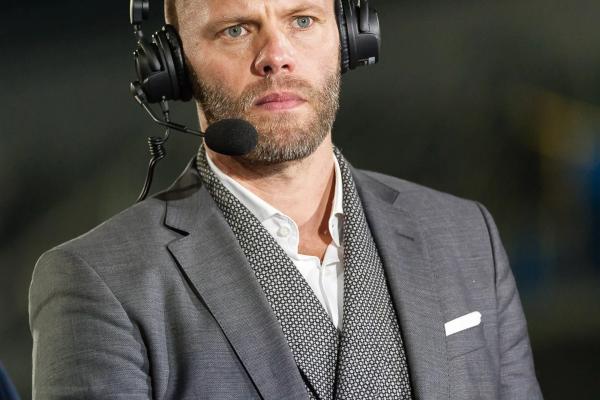
Glíma
Another popular sport in Iceland is glíma, a traditional form of wrestling that has existed in the country for centuries. Glíma was an important part of Viking culture, and it remains a practiced sport today. It emphasizes agility and balance rather than sheer strength.
Weather Impact on the Culture
The weather is one of the most notorious things about Iceland. It’s quite unpredictable, and it changes constantly within a single day, from sunshine to rain to snow. For this reason, locals often joke saying: "If you don’t like the weather, just wait five minutes."
Iceland is located in the North Atlantic Ocean, very close to the Arctic Polar Circle. The weather is not as cold as can be expected, especially if we compare it to other places in similar latitudes. The ever-changing nature of the climate has a significant impact on the culture, influencing everything from how people dress to how they socialize.
The long, dark winters can be tough, with only a few hours of daylight by the end of December. However, Icelanders have adapted to the darkness by cultivating a strong indoor culture. Cafes, libraries, and community centers become hubs of activity during the winter months, where people gather to read, drink coffee, and socialize.
In contrast, the summer months bring nearly 24 hours of daylight, allowing for outdoor activities late into the night. Festivals, outdoor concerts, and community gatherings are common during the summer. The inhabitants of the island have learned to adapt their lives both to the weather and the landscapes.
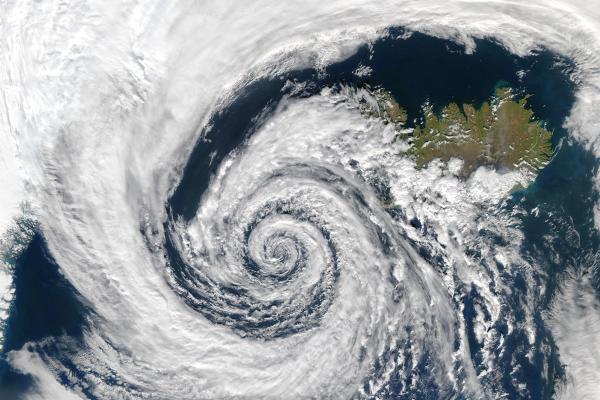
Conclusion
When we hear about Iceland or the idea of traveling to this country, the first thing that comes to mind is the wide range of spectacular natural monuments that can be found here. But there’s much more to it. Iceland has a culture that is, at the same time, modern and still connected to the past.
From its deep-rooted Viking heritage to its thriving contemporary art scene, Iceland is a country that embraces both tradition and innovation. The people are warm and welcoming and have built a strong community while being self-sufficient and independent.
Many people come for the natural beauty but are often surprised by the rich and deep culture of this Nordic country.

